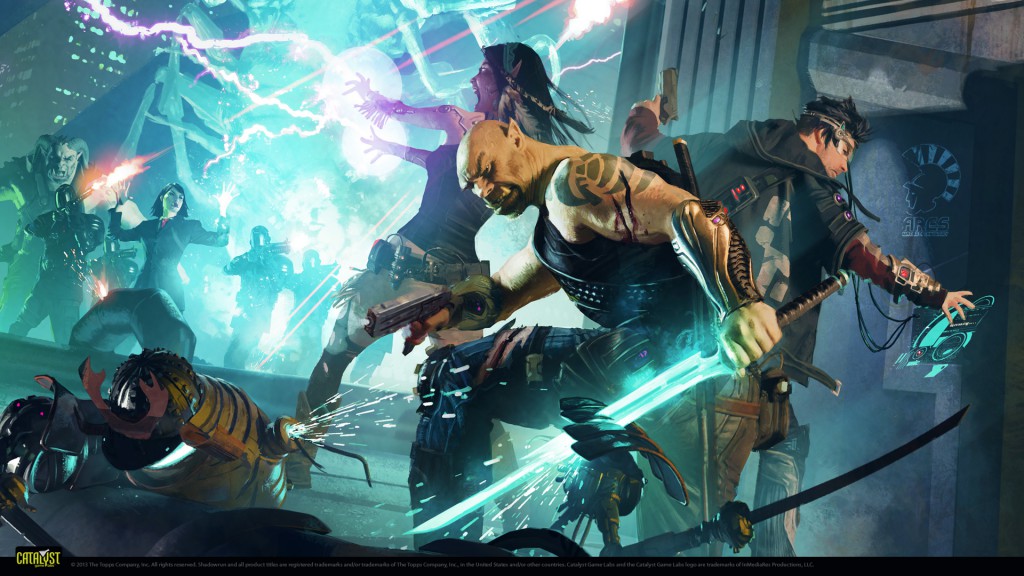Shadowrun has done interesting things with hacking over the years. In the game I’m currently in, I am our decker, which is to say I’m called on whenever something needs to be hacked. Given the setting, having someone capable of doing this is almost required, although they don’t have to be a decker. Regardless, they’ll need access to the matrix (the internet, according to Shadowrun) and some way of doing things in a less-than-legitimate fashion.
The Way Things Were
In 4th edition, the section of the book that dealt with hacking was rather long and complex, and required a lot of knowledge of real-world networks to make any sense of. Actually using any of it in-game basically required the GM to be running two games at once, one for the hacker and one for everyone else. If complex enough, possibly the rest of the party could go out for lunch in the meantime. (As a side note, this is the real reason you never split the party.) The hacking in 4th was an attempt to make things “more realistic” but it wasn’t great for the pace of the game, or even really for good play.
The Way Things Are
5th decided to abandon that, and went for a system where hacking things depends on establishing marks which can be used to access/control/whatever a given matrix entity. It also established that the “inside” of a host should resemble the physical area, which means that if you need to provide on-the-fly support to a run, you can be presented in the same game space. This obviously has no relation to how actual networking works, but it’s a much better fit for the game system. If you also tack on things like an inability to do the required hacking ahead of time (because you can’t be logged in forever without consequence and marks fade when you log out) and the requirement to be somewhat physically close to whatever you’re hacking (because there are noise penalties for trying to hack a building from across town), suddenly the hacker is a member of the team again, and has to play the game along with everyone else.
“More Realistic”
That phrase I used seems to come up a lot, although usually in the context of video games and not Tabletop RPGs (although that might explain how it found its way into Shadowrun 4). It was the driving principle behind the failed Kickstarter, Clang. Yet when people get what they ask for, the result is often not what they expect.
When I was working at the MIT Game Lab (then called the Singapore-MIT Gambit Game Lab), one of our projects looked at the (then relatively new) Wii Remote, to see what we could do in terms of using it as a motion control device. One of the first things we tried to simulate was the cracking of a whip. If you’ve ever done this in real life, you might know that it’s not quite as easy as it looks in media, and at first we attempted to require similar motions in the game we were building. We eventually found that this frustrated players, and eventually eased off and implemented a much simpler (but more intuitive) motion.
I think what’s desired isn’t to have more realism, but more believability. As long as this thing works this way, and always works this way, it doesn’t matter quite as much if reality doesn’t also work this way. Sometimes reality is boring, that’s why we play games in the first place.




